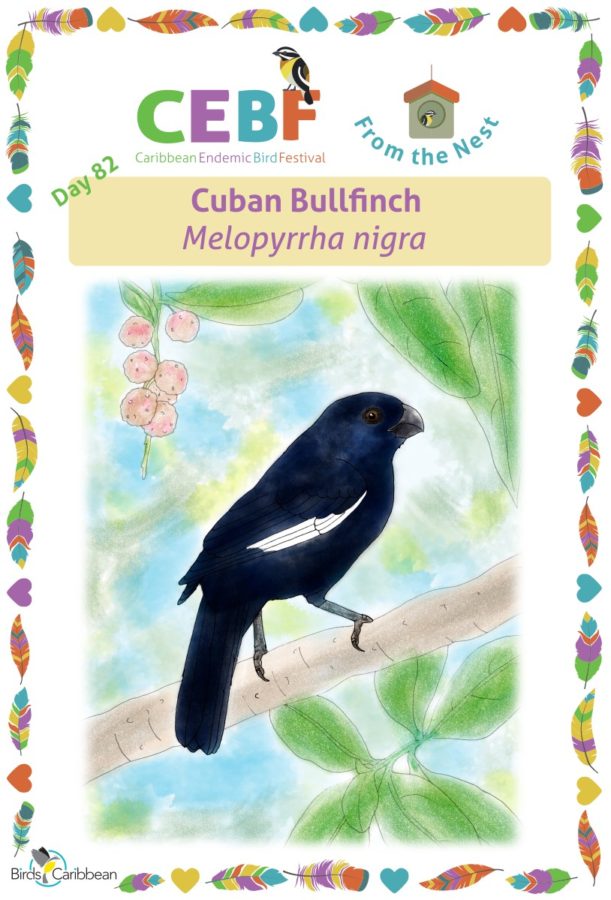Celebrate the Caribbean Endemic Bird Festival (CEBF) with us! Our theme in 2022 is “Loving Birds is Human Nature”. Have fun learning about a new endemic bird every day. We have colouring pages, puzzles, activities, and more. Download for free and enjoy nature with your family at home.
Endemic Bird of the Day: Cuban Bullfinch
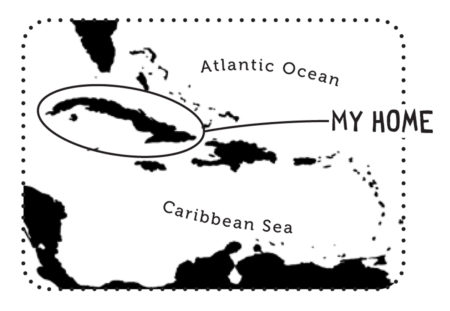
You’re walking through a scrubby forest and suddenly you see a blur of black zip by and land in a thick shrub. You hear it calling, a series of short, repeated tsee notes. What could it be? Finally, it pops out – a small, chubby, black bird with a short, thick, curved bill and bright white band on the wing edge. It’s a Cuban Bullfinch!
Despite its name, the Cuban Bullfinch is not found only in Cuba, it is also found on Grand Cayman. The male of the Cuban subspecies, called Negrito, is shiny black while the female and juvenile are duller black with a smaller white wing patch. The Cayman subspecies, called Black Sparrow, has a slightly larger bill and the female is a paler slate-gray-black tinged with olive.
The Cuban Bullfinch is found all across Cuba, the Isle of Youth, and surrounding coastal cays, from sea level up to mid-elevations in different kinds of forests. It is usually absent from open areas and cultivated fields. On Grand Cayman, it lives in woodland, dry shrubland, buttonwood and mangrove edge, rough pasture and inland gardens.
It feeds on a great diversity of fruits, seeds, flower buds, and nectar. In fact, 72 plant species have been recorded in its diet! Small insects are also a tasty meal. During the breeding season, from March to August, Cuban Bullfinches are usually found in pairs. Leaves, grass, twigs, vines, roots, hair, and feathers are used to build a large globular nest with a side entrance. Females lay three to five greenish-white eggs with reddish-brown spots. Both parents feed the chicks.
The Cuban Bullfinch is among the greatest singers of the forest. Its song is a soft and melodious trill that descends and then ascends in pitch, ‘ti, ti, ti, ti, si-sssiiittt-sssiii.’ Although not studied, its song repertoire is said to vary in different parts of Cuba. Males sing most frequently in the breeding season, especially when determining territory boundaries, during flying displays, and nest construction. Although it is considered by IUCN as a “Least Concern” species, Cuban ornithologists have categorized the Cuban Bullfinch as “Near Threatened” in the “Red Book of Cuban Vertebrates” due to growing demand for wild caught birds in the live song and caged bird trade. Learn more about this species, including its range, photos, and calls here.
Colour in the Cuban Bullfinch
Download our West Indies Endemic Bird colouring page. Use the photos below as your guide, or you can look up pictures of the bird online or in a bird field guide if you have one. Share your coloured-in page with us by posting it online and tagging us @BirdsCaribbean #CEBFfromthenest
Listen to the song of the Cuban Bullfinch
The Cuban Bullfinch has a trilling and melodious ‘buzzy’ song that descends and then ascends in pitch at the end, ‘ti, ti, ti, ti, si-sssiiittt-sssiii.’
Puzzle of the Day
Click on the image below to do the puzzle. You can make the puzzle as easy or as hard as you like – for example, 6, 8, or 12 pieces for young children, all the way up to 1,024 pieces for those that are up for a challenge!
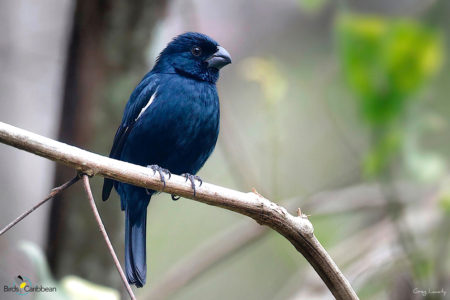
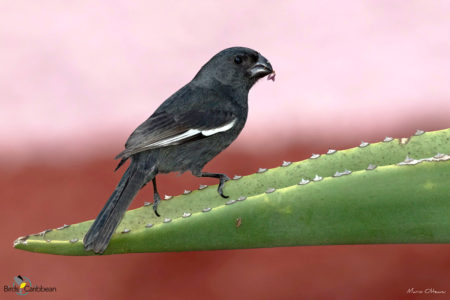
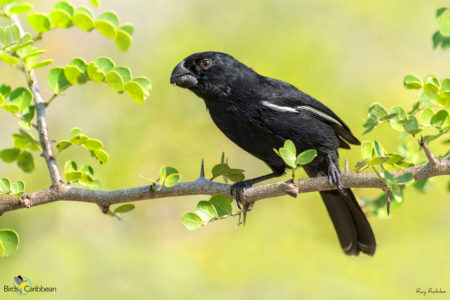
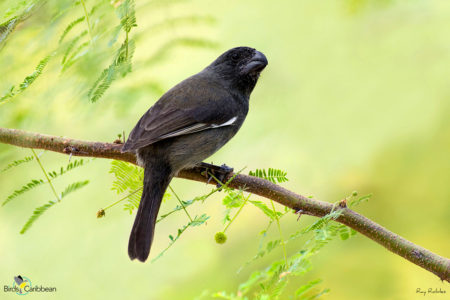
Activity of the Day
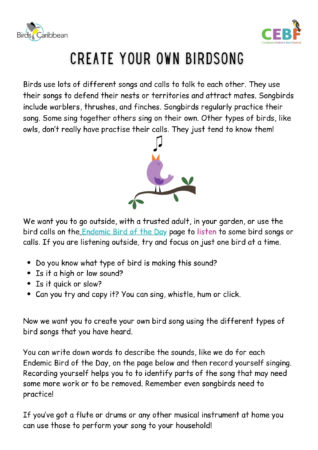 FOR KIDS: Get creative and try singing (or playing a musical instrument) like a bird! Be inspired by the lovely song of today’s bird the Cuban Bullfinch, or one of our other featured endemic birds or get outside and listen out for the sounds the birds are making and create your own birdsong! You can download our instructions here to help you make some melodious bird-inspired tunes.
FOR KIDS: Get creative and try singing (or playing a musical instrument) like a bird! Be inspired by the lovely song of today’s bird the Cuban Bullfinch, or one of our other featured endemic birds or get outside and listen out for the sounds the birds are making and create your own birdsong! You can download our instructions here to help you make some melodious bird-inspired tunes.
We would love to hear your birdsong! Send us a recording of your performance to Aliya.Hosein@birdscaribbean.
Please note that by submitting your video you give BirdsCaribbean consent to use your photos and/or videos on our website and social media accounts.
FOR KIDS AND ADULTS: Enjoy the video below of a Cuban Bullfinch! Filmed in Cuba, this striking black-and-white bird is taking a break from singing and is busy feeding on seeds.
Sadly, the song of the Cuban Bullfinch makes it, and other song birds in Cuba, vulnerable to the increasing threat from capture and illegal bird trafficking. Catching and keeping wild birds in cages is a common and widespread tradition in Cuba that dates back to the colonial days of Spanish rule. The birds, including migrants, residents, and endemics, were kept as pets in families and communities. In recent years, however, the trapping of wild birds has increased dramatically. BirdsCaribbean and its partners are deeply concerned by the number individual and range of species being trapped and have called on the Cuban Government to do much more to protect their resident and migratory wildlife. You can read more in our blog post below, which is also available in Spanish.

